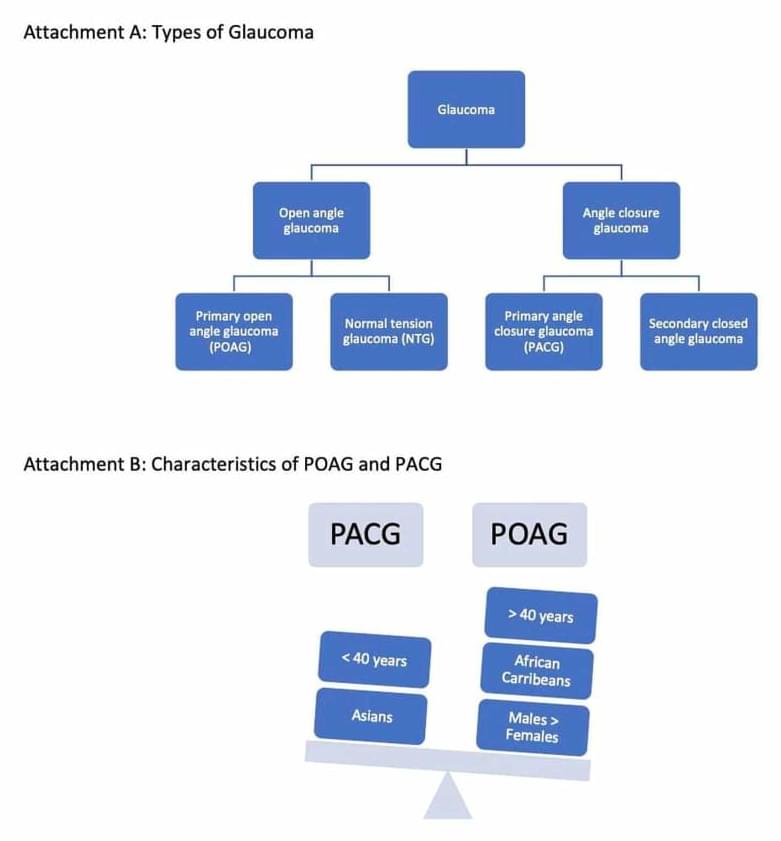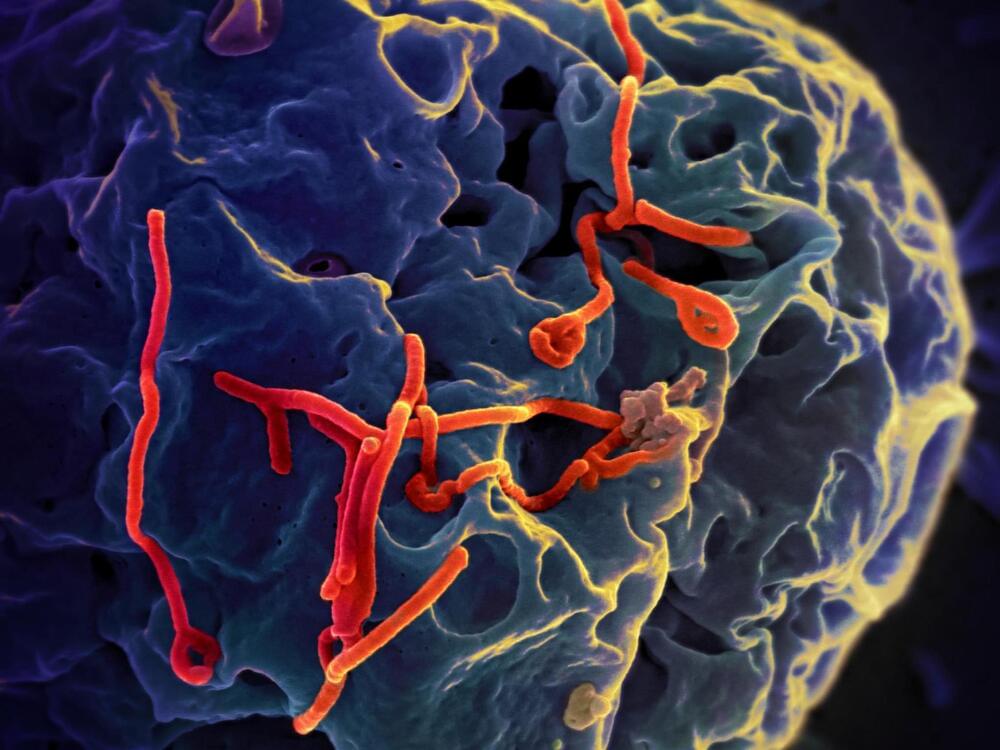Nov 15, 2022
NIH grant funds cancer prevention vaccine research
Posted by Nicholi Avery in categories: biotech/medical, health
A multidisciplinary team of Weill Cornell Medicine researchers has received a five-year $5.7 million grant from the National Cancer Institute at the National Institutes of Health to fund a center aimed at developing messenger RNA (mRNA) vaccines to deter cancer development in at-risk groups.
The Weill Cornell Medicine CAP-IT Center for LNP RNA Immunoprevention was selected as one of two founding members of the Cancer Prevention-Interception Targeted Agent Discovery Program (CAP-IT), a collaborative research network funded by the NCI to discover agents that prevent or intercept cancer in high-risk populations.

















